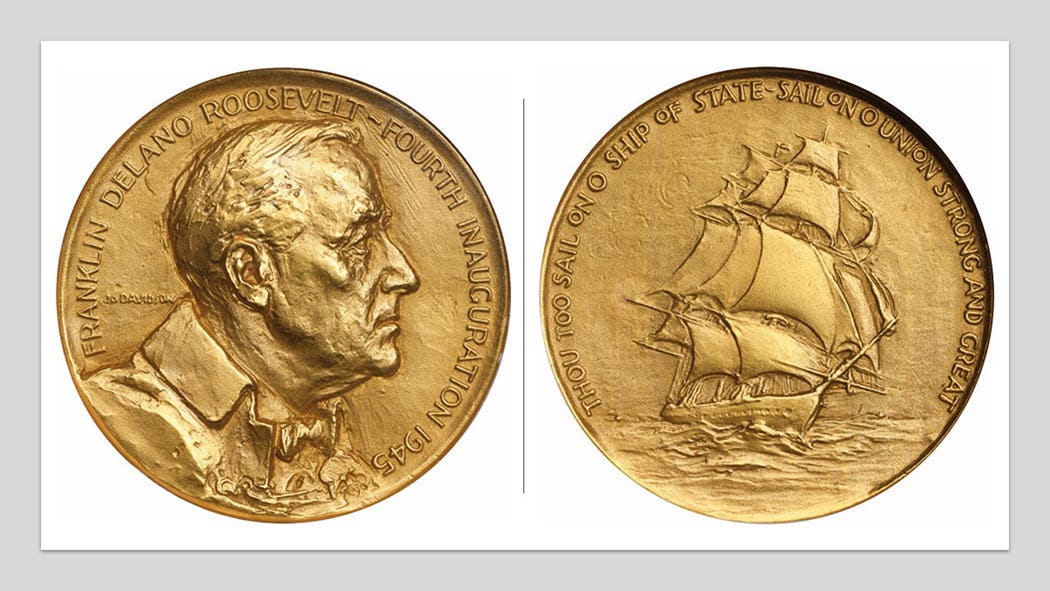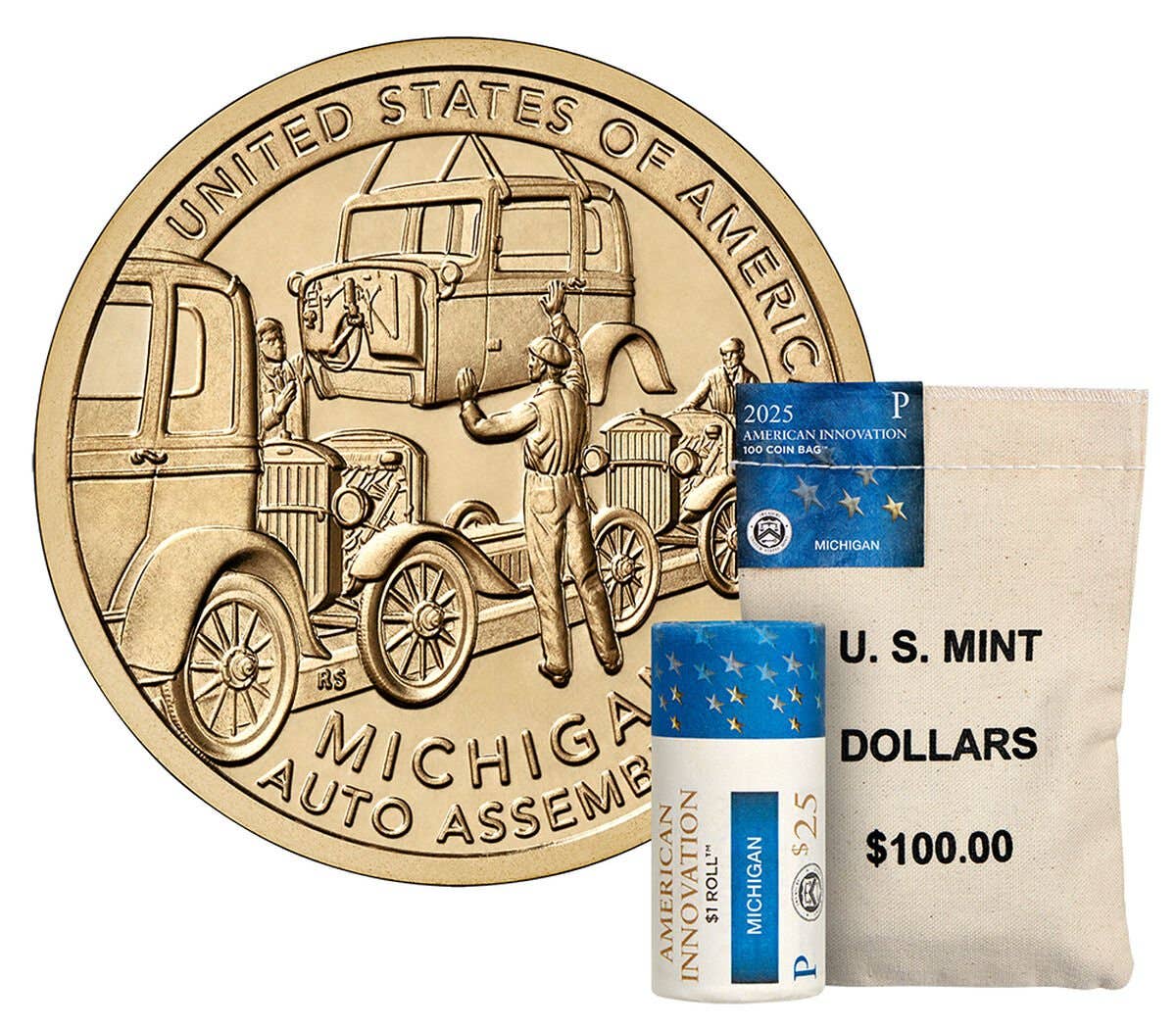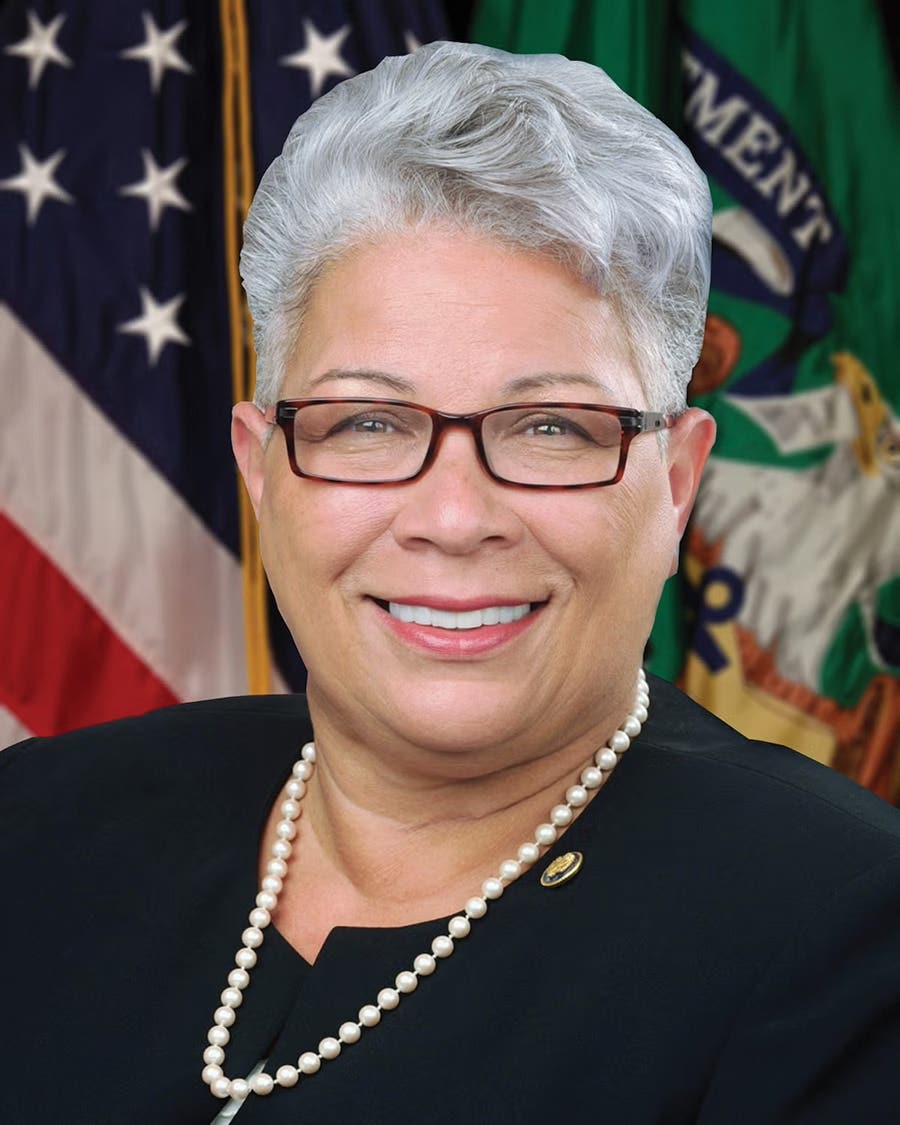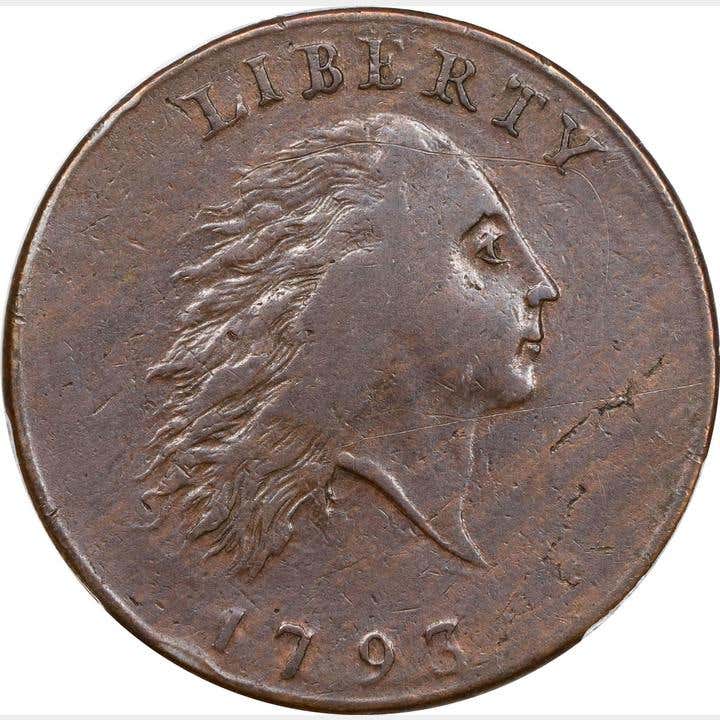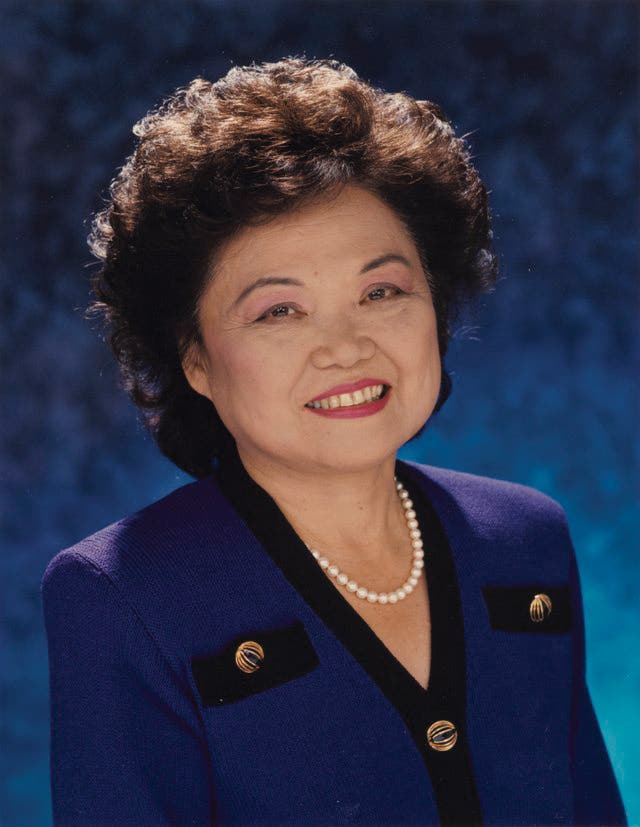Soaring To Success: The First Black Woman to Fly a Plane
What started as extensive work in military technology – including concepts for a giant crossbow, a tank and a submarine – Leonardo da Vinci turned to the idea of aerial…
What started as extensive work in military technology – including concepts for a giant crossbow, a tank and a submarine – Leonardo da Vinci turned to the idea of aerial reconnaissance. The early years of the 16th century brought the new obsession of the possibility of human flight to the famous painter and inventor. Using nature as his inspiration, particularly birds and bats, da Vinci wrote the Codex on the Flight of Birds in 1505, which showcased his observations on bird flight and the concepts of aerodynamics, the importance of the center of gravity and pressure on a bird’s wings among other things. All of this led to concept drawings of a flight machine, known as an ornithopter.
It didn’t take much for more people to jump on board with the idea of flying and its possibilities. In 1783, the first hot air balloon took flight in France. After a few test runs, the contraption designed and created by Joseph and Étienne Montgolfier was ready for the first human. On Nov. 21, Pilâtre de Rozier became the first man to fly.
The next major leap in aviation wouldn’t be until 1852, when Henri Giffard constructed the first successful airship. Giffard built a 350-pound steam engine that powered a large propeller at 110 revolutions per minute. A 144-foot bag filled with hydrogen carried the weight. Giffard flew at a speed of 6 miles per hour, covering a distance of about 20 miles. Aviation technology truly took off after this, Count Ferdinand von Zeppelin becoming a big name with his creation of the rigid airships using metal frames.
Orville and Wilbur Wright, more commonly known as “the Wright brothers” are names most kids in America grow up learning about in school. The story of the two brothers creating the first airplane is an iconic story from American history.
Beginning in 1899, the Wright brothers conducted a four-year program researching and developing the first airplanes. In December 1903, at Kitty Hawk, N.C., Orville Wright piloted the first flight, lasting only 12 seconds and covering a distance of 120 feet. Later that same day, Wilbur covered 852 feet in just under a minute. The Wright brothers pioneered not only the beginnings of airplane design, but also aeronautical engineering using wind tunnels and flight-testing tools. The 1903 Wright Flyer is on display at the National Air and Space Museum in Washington, D.C.
Creating the flying contraptions was only the beginning, but what about the people who flew them? A myriad of names come to mind on this subject: Charles Lindbergh, Amelia Earhart, Ruth Bancroft and Howard Hughs, just to name a few.
Blanche Stuart Scott was the first woman in America to fly a plane in 1910. Her interests began with the automobile, and she was the second woman to make a transcontinental road trip across America, beginning in New York City and finishing in San Francisco. She caught the interest of Jerome Fanciuill, who offered her an opportunity to learn how to fly. Taught by a reluctant Glenn Curtiss, a pioneering aviator and inventor, Scott became the first American woman to fly. She fell in love and couldn’t be stopped, becoming the first female test pilot in America.
Born in Atlanta, Texas, in 1892, Elizabeth (Bessie) Coleman was one of 13 children. Her father was a day laborer and her mother a domestic worker in a white family home. Coleman eventually found herself in Chicago looking for better opportunities. She worked as a manicurist and was named the best manicurist in Black Chicago in 1916. Working in the beauty industry may not have been her favorite thing to do, but it was one of the few options she had when it came to having financial independence. In 1920, one of her brothers shared stories of seeing French women flyers during World War I. Coleman took it as a challenge and began her journey to becoming the first Black woman pilot.
Non-white men were also not accepted in aviation at the time, so Coleman struggled to find someone who was willing to teach her. Advised by Robert Abbot, influential publisher of the Black newspaper Chicago Defender, Coleman made her way to France where Black people experienced more
respect and opportunity compared to the U.S.
She was accepted by the Caudron Brothers School of Aviation, a respected school run by renowned builders of World War I aircraft. She learned to fly in a Nieuport 82 dual-controlled trainer and earned her pilot’s license on June 15, 1921.
Ten months after moving to Paris, she was sailing home with her license in hand. She dreamed of becoming an instructor at her own flight school and knew that more training would be needed to get there. She returned to Europe and trained with veteran war pilots in France and Germany.
In September 1922, in a borrowed plane at Curtiss Field, Coleman made the first public flight by a Black woman in the United States. Coleman was determined to make her career take off, so after a few flight exhibitions, she found herself in California looking to join an aerial circus.
While gaining attention barnstorming, the name for flying and performing aeronautical stunts, Coleman was scouted for the film industry. She turned down the offer, ending her film career before it even began because she refused to play an “Uncle Tom” role, referencing the roles given to most Black people in the film industry that portrayed them as subservient to the white characters.
In 1923, she was hospitalized after her first public flight in California turned to disaster when her plane crashed. The engine quit on takeoff at 300 feet. This setback didn’t stop her for long. She spent time saving money and by early 1925, she was in Houston for the first of a multi-city tour.
She performed loops, figure eights and parachute jumps for crowds below. She also offered the occasional plane ride. Along with her shows, she also gave talks and became a popular speaker. It wasn’t uncommon for her talks to make more money than her flying.
Coleman received immense support from her community. She was an inspiration to her fellow Black Americans, showing them that the sky wasn’t the limit, even in the face of a segregated world. While planning to perform in Texas, managers in charge of setting up the stadium had planned to create two separate entrances, one for Blacks and the other for whites. After hearing about this, Coleman refused to perform unless there was only one gate for everyone to use. After much back-and-forth, the managers agreed but said that the seating would still have to be segregated. Coleman agreed and gained fame for publicly standing up for her beliefs.
On April 30, 1926, Coleman and her mechanic took off for a practice flight in Jacksonville, Fla. Preparing for an upcoming performance, Coleman had not buckled her seat belt in order to be able to look over the side of the plane to scope out a good landing spot for a parachuting stunt. Cruising at 3,500 feet, the biplane accelerated and began to nosedive. It went into a tailspin and Coleman was thrown from the craft when it flipped. Her mechanic, William Wills, crashed the plane. Neither survived. Investigations revealed a loose wrench had gotten stuck in the control gears, preventing Wills from being able to right the plane. Rumors of sabotage spread, but the cause was ultimately ruled as accidental. At the same time, Congress was working with the Air Commerce Act of 1926 to help regulate pilots and their aircraft.
While she wasn’t able to fulfill her dream of opening a flight school for all, many individuals took up her cause for her after her death. William Powell established the Bessie Coleman Aero Flying Club in the 1930s and put together the first Black female air show team. In Chicago, the 1930s Challenger Air Pilots Association sponsored annual memorial flights over Coleman’s grave.
The Coin
In 2022, the United States Mint launched its American Women Quarter program, releasing five different quarters with reverse designs depicting influential women from American history. The year 2023 continues the program, starting with the release of a quarter honoring Bessie Coleman.
The common obverse of the series depicts a portrait of George Washington, which was designed by Laura Gardin Fraser to mark Washington’s 200th birthday. “LIBERTY” is inscribed above Washington’s head and “IN GOD WE TRUST” sits behind his head. The date “2023” can also be seen under his chin.
The reverse shows Coleman suiting up for flight, looking towards the skies. A plane flies above the clouds in the background. At the bottom of the coin sits “BESSIE COLEMAN 6.15.1921,” referencing the date in which she received her international pilot’s license.




